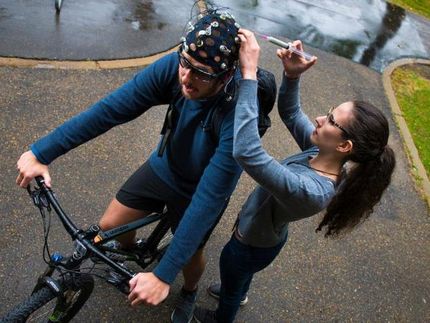Financial decisions influenced by intensity of light
Advertisement
A study of more than 2,500 people provides new evidence about the effects of luminance on the quality and consistency of our financial decision-making.
Luminance is a measurement of the amount of light that falls on the earth's surface, which can be affected by cloud cover, humidity, suspended particles, and time of day and year.
Researchers already know luminance affects behaviour, with sensors in the human retina carrying continuous information on light levels to the hypothalamus, a section of the brain which regulates functions such as hunger, sleep and sex drive.
The University of Sydney's Associate Professor Agnieszka Tymula is the corresponding author of a new study, which adds to existing knowledge by investigating how luminance affected 2,530 people's decisions about monetary gambles.
"On the days with higher light intensity, people made worse decisions and they were more inconsistent in the choices that they made," said Associate Professor Tymula.
Luminance also affected people's risk attitudes.
When the luminance level was high people were more likely to avoid known risks. When offered a choice between a certain $5 payout and a 50 percent chance of $20, they were more likely to go for the certain $5.
Surprisingly, they had greater tolerance for unknown risks. On high luminance days, they were more likely to go for an unknown chance of getting $20 over the certain $5 payout.
"Overall, the effects are not of an enormous magnitude, but nevertheless they are consistent, significant, and strong enough to be expected to have significant effects on financial markets."
Associate Professor Tymula and her co-author, Professor Paul Glimcher of New York University, asked people to make 40 monetary decisions, using touch screens mounted at an exhibition on ageing at the National Academy of Science Museum in Washington D.C.
In each situation, people could choose a certain payout of $5, or a lottery option with the possibility of receiving nothing, or a cash amount between $5 and $125.
Behavioural data from the responses received at the museum was then merged with luminance measurements from a nearby weather station.
The researchers found that luminance affects decision-making in different ways, with higher and lower levels of light intensity found to affect how much risk people can tolerate, how comfortable they are making decisions in ambiguous situations, and how consistent their decisions are over a range of choices.
























































